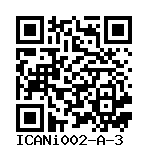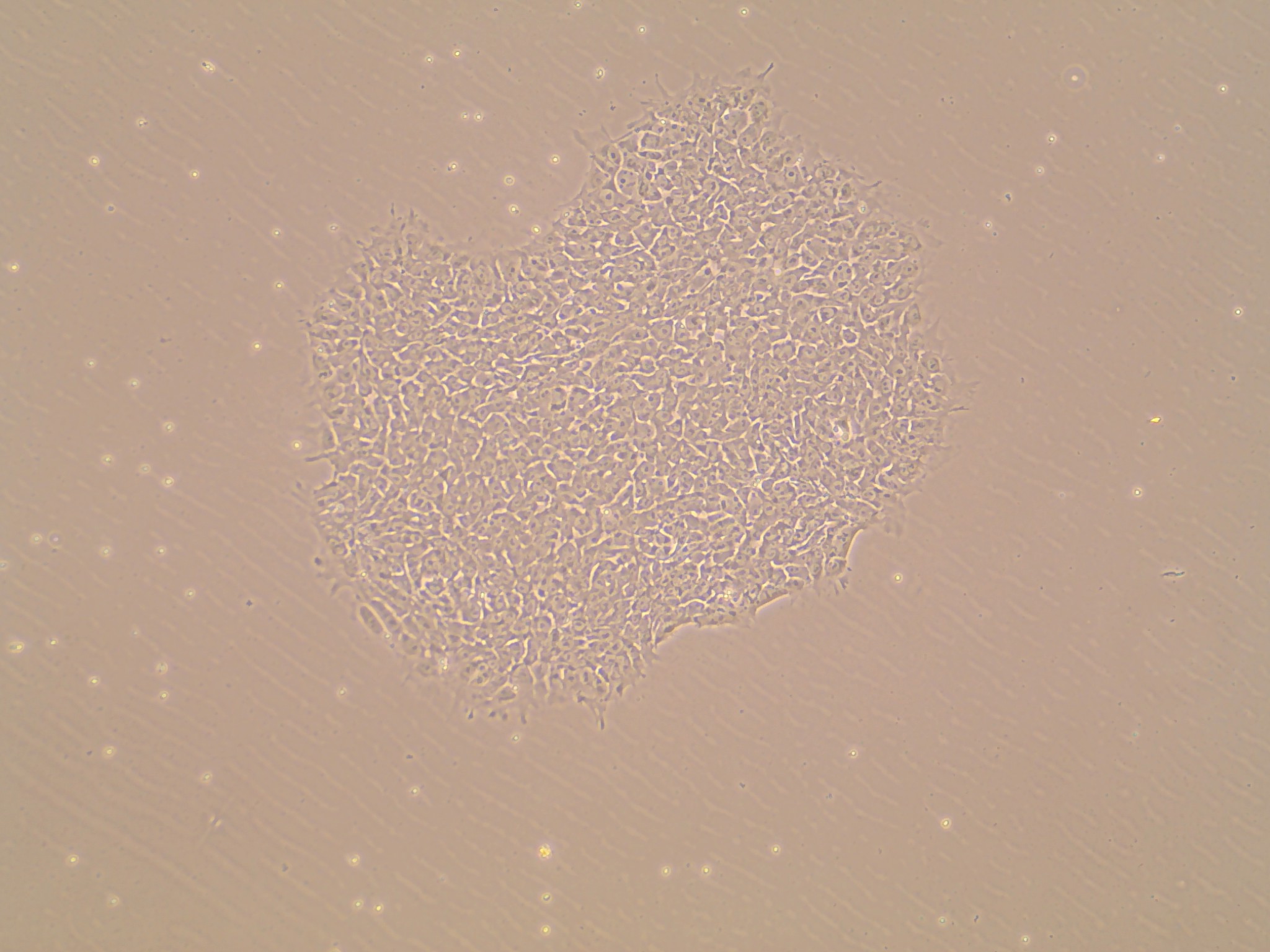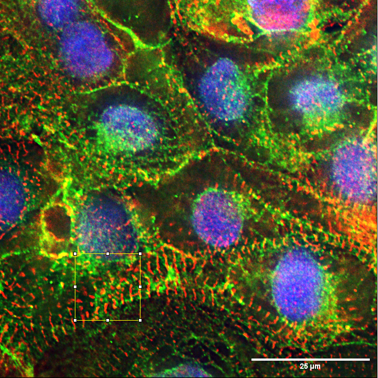ICAN-BAG3-V468MC34
ICANi002-A-3
General
Cell Line |
|
| hPSCreg name | ICANi002-A-3 |
| Cite as: | ICANi002-A-3 (RRID:CVCL_D6M9) |
| Alternative name(s) |
ICAN-BAG3-V468MC34
|
| Cell line type | Human induced pluripotent stem cell (hiPSC) |
| Similar lines |
ICANi002-A-4 (ICAN_BAG3_M468MC19) ICANi002-A (ICAN-403.3) ICANi002-A-1 (ICAN-FLNC42.1) ICANi002-A-5 (ICAN-PKP2-H695-W11) ICANi002-A-2 (SCN5A-Clone 5) |
| Last update | 30th July 2025 |
| User feedback | |
Provider |
|
| Generator | INSERM U1166-Institute of Cardiometabolism And Nutrition (ICAN) |
| Owner | INSERM U1166-Institute of Cardiometabolism And Nutrition (ICAN) |
| Distributors | |
| Derivation country | France |
External Databases |
|
| BioSamples | SAMEA114328982 |
| Cellosaurus | CVCL_D6M9 |
| Wikidata | Q127382308 |
General Information |
|
| Publications | |
| * Is the cell line readily obtainable for third parties? |
Yes Research use: allowed
Clinical use: allowed
Commercial use: not allowed
|
| Subclone of | |
Donor Information
General Donor Information |
|
| Sex | male |
| Ethnicity | Caucasian |
Phenotype and Disease related information (Donor) |
|
| Diseases | No disease was diagnosed.
|
Other Genotyping (Donor) |
|
| Is there genome-wide genotyping or functional data available? |
No
|
External Databases (Donor) |
|
| BioSamples | SAMEA12575407 |
Ethics
Also have a look at the ethics information for the parental line
ICANi002-A
.
| For generation of the cell line, who was the supplier of any recombined DNA vectors or commercial kits used? |
hIPSC Derivation
General |
|
|
The source cell information can be found in the parental cell line
ICANi002-A.
|
|
| Passage number reprogrammed | 24 |
Reprogramming method |
|
| Vector type | Non-integrating |
| Vector | Episomal |
| Genes | |
| Is reprogramming vector detectable? |
No |
| Methods used |
PCR
|
Vector free reprogramming |
|
Other |
|
| Derived under xeno-free conditions |
No |
| Derived under GMP? |
No |
| Available as clinical grade? |
No |
Culture Conditions
| Surface coating | Matrigel/Geltrex |
| Feeder cells |
No |
| Passage method | Mechanically |
| CO2 Concentration | 5 % |
| Medium |
mTeSR™ 1
|
| Has Rock inhibitor (Y27632) been used at passage previously with this cell line? | Yes |
| Has Rock inhibitor (Y27632) been used at cryo previously with this cell line? | No |
| Has Rock inhibitor (Y27632) been used at thaw previously with this cell line? | Yes |
Characterisation
Analysis of Undifferentiated Cells
| Marker | Expressed | Immunostaining | RT-PCR | Flow Cytometry | Enzymatic Assay | Expression Profiles |
| Alkaline Phosphatase |
Yes |
|||||
| NANOG |
Yes |
|
||||
| POU5F1 (OCT-4) |
Yes |
|
|
|||
| SOX2 |
Yes |
|
|
Self-renewal
Negative
Endoderm
Positive
Mesoderm
Positive
Ectoderm score
Positive
Data analysis report
Differentiation Potency
In vitro directed differentiation
Microbiology / Virus Screening |
|
| HIV 1 | Negative |
| HIV 2 | Negative |
| Hepatitis B | Negative |
| Hepatitis C | Negative |
| Mycoplasma | Negative |
Genotyping
Karyotyping (Cell Line) |
|
| Has the cell line karyotype been analysed? |
Yes
|
Other Genotyping (Cell Line) |
|
Genetic Modification
| Disease/phenotype related modifications |
|




Login to share your feedback, experiences or results with the research community.